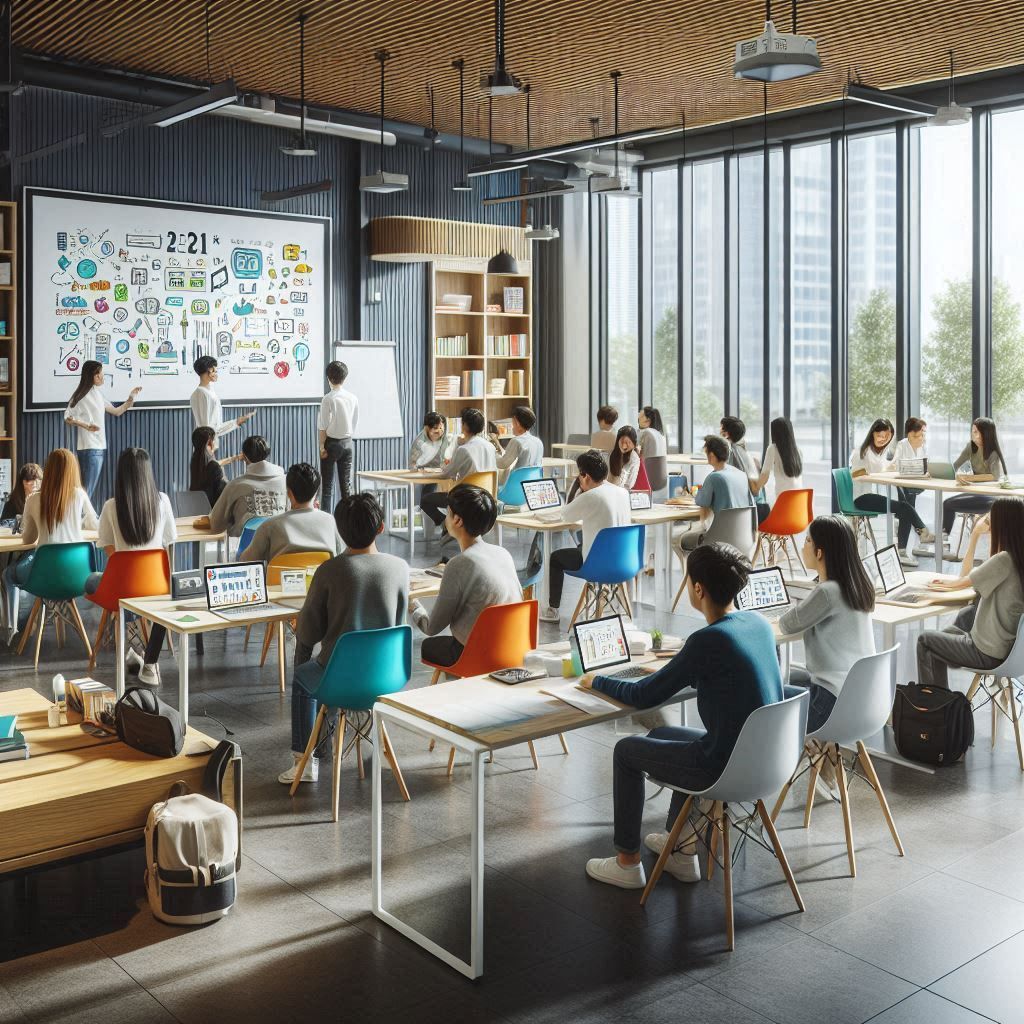@Ana_moderator, @ASGHAd210770cb3, @Bousl2336873cb4, @MYLOG47799627c6, @Yousuf-Memon
Aslam o alaikum and hello every one,
In my perspective flipped class room has more grip in learning of student, although traditonal classroom have also its impacts of learning. Let me make it more clear.
As we all know that in a traditional classroom, the teacher primarily delivers lectures during class time, with students absorbing information and then completing assignments or studying at home. This approach is familiar and straightforward, making it easier to manage in settings with limited resources, such as in many schools including Pakistan. However, it often provides limited opportunities for individualized attention and adaptive learning, as the pace is usually set by the teacher and must accomodate to the average student.
Now in flipped classroom the same module disscussed above is inverted, although I am not experienced in this module but seen videos in pandemic days. In this module Student has to learn from videos made by teacher, which student can play, pause, or review or replay again. It means here the pace has to set by a student. Every individual student has to decide at his own in context of learning. This is called adaptive and individualised learning.
Actually If we are interested in adaptive and individualised learning then our approach must be towrds flipped classroom. ** Also mind that a student must have access to all educational material needed for flipped classroom, and he/she must have a good understanding of using that material.** Un fortunately in Pakistan average students have these kinds of commands.
